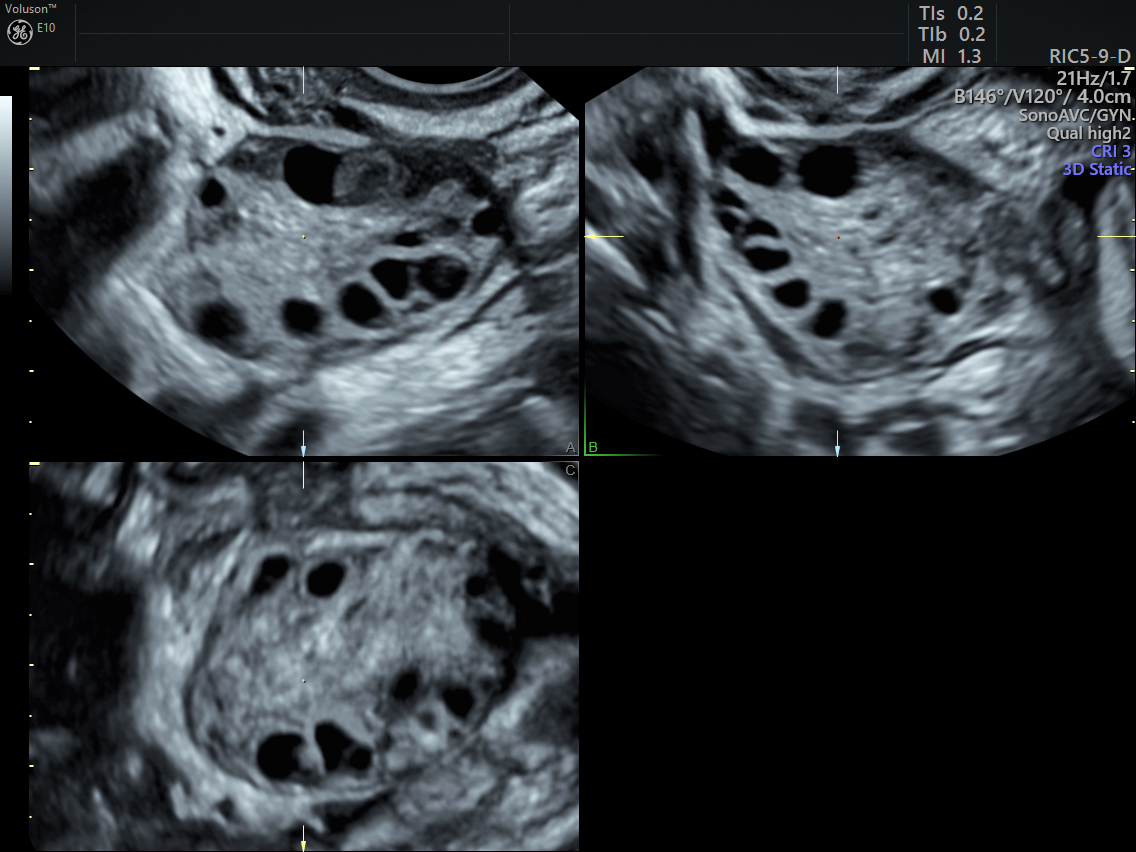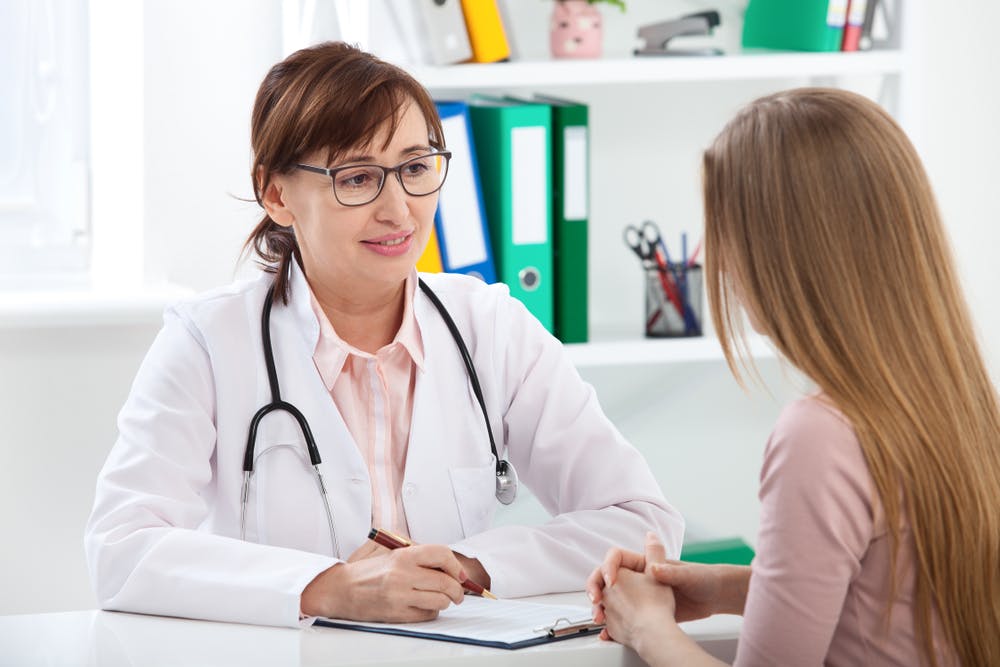Adolescent patients can experience a variety of gynecological health challenges, including polycystic ovarian syndrome (PCOS). Now, doctors are increasingly seeing PCOS in teenage girls. This condition is associated with complications that may develop later in life, such as infertility, diabetes and cancer. It's important to understand that one method doesn't always fit when it comes to diagnosis and treatment: Teens with this condition require a specific approach to care.
Here's what clinicians should know when evaluating and treating PCOS in teens.
How to Diagnose PCOS in Teenage Patients
According to the U.S. Department of Health and Human Services, PCOS is a hormonal disorder that affects an estimated one in 10 women of reproductive age, including adolescents. It's believed to occur when a woman produces higher-than-normal amounts of testosterone and other androgens — a condition known as hyperandrogenemia — but its exact cause remains unclear.
Like their adult counterparts, teenagers with PCOS tend to have high levels of insulin or insulin resistance. Hormonal imbalances can trigger symptoms such as extra hair growth, acne and weight gain, as well as irregular or heavy menstruation, according to the North American Society for Pediatric and Adolescent Gynecology.
Despite these characteristic symptoms, diagnosing PCOS in teens can present a challenge. Translational Pediatrics explains that many healthy adolescent girls exhibit physiologic menstrual irregularity and show signs of hyperandrogenemia, making it difficult to determine whether these signs are a normal part of puberty or indicative of PCOS.
How Ultrasound Helps Doctors Diagnose PCOS
Currently, the best approach to diagnosing PCOS in teens involves both a laboratory workup and an ultrasound exam. Increased serum androgen levels provide the best measure of androgen excess in adolescents, so blood tests to evaluate these and other hormone levels are crucial.
Ultrasound technology can also assist in diagnosis, but there are caveats. According to PLoS One, scanning the ovaries of a person with PCOS typically reveals a high ovarian volume, along with 12 or more follicles in each ovary that measure 2 to 9 mm in diameter. However, this finding is non-specific and can also occur in women who do not have PCOS.
When it comes to evaluating traces of PCOS in adolescent girls, you should offer your patients the choice between transabdominal ultrasound and transvaginal ultrasound. Undergoing an exam with a transvaginal probe can be an intimidating and uncomfortable experience for a young patient. At least one study has found that transabdominal scans are equally effective for achieving a diagnosis.

3D image polycystic ovary
Understanding Treatment Options
The most important part of managing PCOS in teenage girls is improving their long-term health and quality of life. Being overweight can heighten PCOS symptoms, so it's important to work with young patients to find ways to incorporate healthy eating and exercise into their lives. Additionally, you may want to refer them to a nutritionist or general practitioner who can help them manage their blood glucose and insulin levels.
When it comes to medical care, treatment depends on the symptoms. Combined oral contraceptives are often the first-line approach for adolescent patients with irregular periods, hirsutism and acne, whereas metformin remains many providers' preferred choice for weight reduction and insulin resistance. These treatments may be used alone or in combination for the best results.
Although diagnosing PCOS in teens can be more challenging than identifying the condition in adults, a good understanding of appropriate screening tools and treatments can help you provide optimal care for your young patients.





